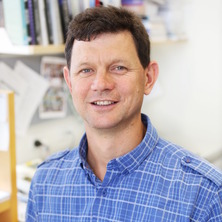Mitochondria as sensors of environmental threats (2023-2026)
Abstract
This project aims to understand how energy-generating mitochondria control immune responses, both in immune cells called macrophages and in the nematode Caenorhabditis elegans (a free-living roundworm used as a model organism to study gene function and evolutionary biology). The project expects to advance knowledge of how a process called mitochondrial fission enables cells to respond to environmental threats. Expected outcomes include important conceptual advances in cell biology and genetics, new international and national collaborations, and improved methods for cell biology research. Anticipated benefits include a knowledge base that can be indirectly applied in the long term in the development of new strategies to combat infections.


